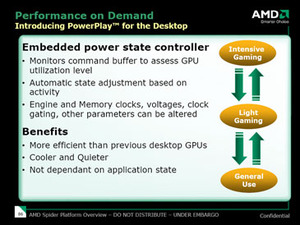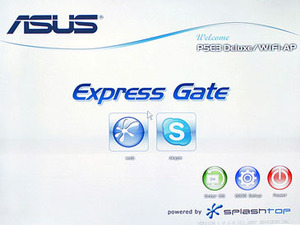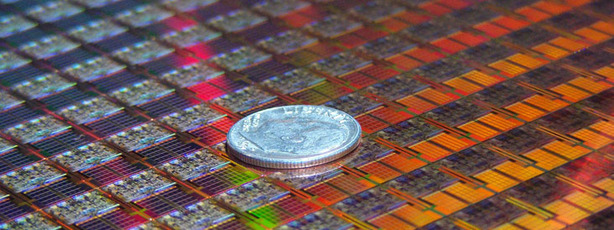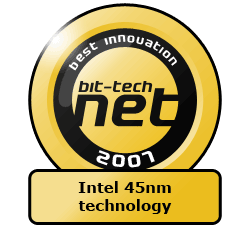The bit-tech Hardware Awards 2007
December 19, 2007 | 08:58

Best Innovation: Intel's 45nm technology
Notable Mentions: AMD's ATI PowerPlay technology in desktop GPUs, DeviceVM's SplashTop Embedded Linux on the Asus P5E3 Deluxe WiFi AP @nLike last year, there has been a lot of innovations this year—some good, and some not so good—and it made picking the winner of this category incredibly hard. It was so hard to pick an outright winner in fact that we created a second category for Most Innovative Company.
The reason we went down this route is that there was one company in particular that delivered countless innovations this year, but none of them were big enough in their own right to win the best innovation.
We’re getting ahead of ourselves now though, so let’s get back onto the topic at hand.
Despite AMD having a bit of a bad year this year, it came up with some good innovations. One of these was the 690G chipset, but a more important one in our eyes was the introduction of ATI PowerPlay technology into desktop GPUs. We’ve been complaining about the ever-increasing power requirements on high end graphics cards to both AMD and Nvidia for a long time now and it’s good to see that they’re starting to listen.


The whole ‘performance-per-watt’ metric really started to irk us this year as it was a metric that didn’t take into account actual power consumption – performance was the dominant measurement here and although performance-per-watt doubled in many cases this year, that didn’t come without an overall increase in power consumption.
What PowerPlay does is monitors GPU load and aggressively clocks down and disables portions of the GPU when they are not in use. It’s something that both AMD and Nvidia have used in their notebook parts for some time now, so it’s good to see this finally make the transition over to the desktop.
One of the coolest little innovations we’ve seen this year has to be the Embedded Linux operating system on the Asus P5E3 Deluxe WiFi AP @n motherboard. Developed by the guys at DeviceVM, SplashTop has huge potential and thankfully the company released the source code under GPL, thus allowing the community to develop their own applications for the software.

It’s early days at the moment, but this idea has massive potential – we’d love to see the software being used as part of a media centre streamer for example. With the right applications developed, it should be possible to build a quick-booting home theatre PC in your living room without a hard drive (the component that’s often the loudest thing in an energy-efficient system) with the machine streaming music and media from network storage.
 Neither of these innovations were enough to take the prize for best innovation of the year though. That title goes to Intel’s 45nm technology.
Neither of these innovations were enough to take the prize for best innovation of the year though. That title goes to Intel’s 45nm technology. Hailed by Gordon Moore as “the biggest change in transistor technology since the introduction of polysilicon MOS transistors in the late 1960s,” Intel’s 45nm technology breakthrough was first explained to us early in January, but the concept wasn’t proven until the company launched its first 45nm product – the Core 2 Extreme QX9650.
What we ended up with was the fastest quad-core processor to ever be released combined with power consumption that rivalled the company’s fastest 65nm dual-core processors, which happened to have the same clock speed.
Although the Core 2 Extreme QX9650 is out of reach for most people, the impressive power consumption on the company’s then flagship product bodes well for the more affordable quad-core processors that Intel will release in the first quarter of next year.

MSI MPG Velox 100R Chassis Review
October 14 2021 | 15:04








Want to comment? Please log in.